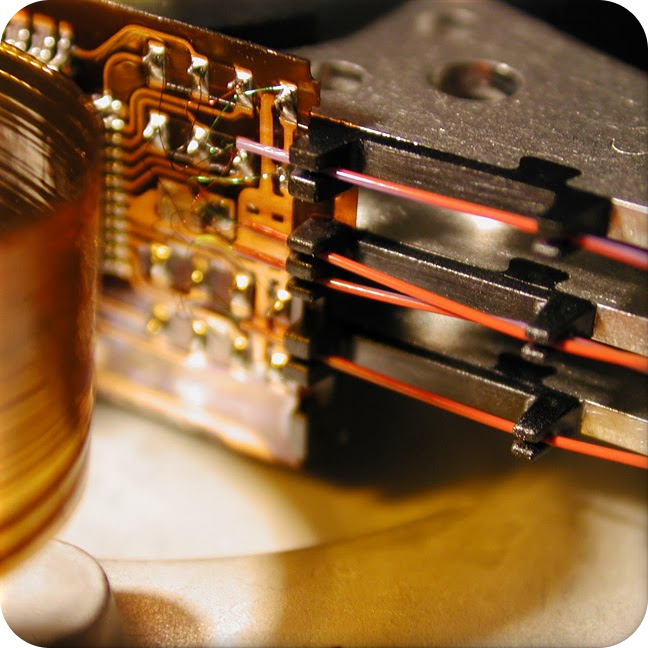So says a Study on the Internet’s Technical Success Factors commissioned by APNIC and LACNIC – the regional internet address registries for the Asia–Pacific and Latin America and Caribbean regions respectively – and written by consultancy Analysys Mason.
The document states that “a significant fraction of global IP traffic now consists of data that is moved between the datacentres and edge networks of large internet companies.” Those companies’ needs, and growing networks, lead the analysts to suggest that "over time, we could see the internet transform into a more centralised system with a few global private networks carrying most of the content and services.
Another risk is that when private networks break, many users suffer. Exhibit A: yesterday’s AWS brownout, which hurt Netflix and Disney+, among others.
Yet, if you look at nearly all the alternative social networks springing up, you’ll see decentralisation, openness, interoperability, chronological feeds, no Big Tech…
See https://www.theregister.com/2021/12/09/study_on_the_internets_technical_success_factors/
#technology #interoperability #BigTech #openstandards #decentralisation



So looks like we have the internet represented by *NIC etc. that is political. The one that is build to top that is corporate… and some “blockchain” based on on top of that further that will be owned by cryptobros… got it.
Are regional internet address registries political?
Yeah, what I mean is that the “control” over the internet is based on participation of organizations controlled by each individual state (hopefully represented by democratically elected government, representing people etc.) in contrast to handful of global corporations that has escaped such governance. This makes the internet slow to move forward (e.g. IPv6, DNSSEC etc.) in contrast to “move fast and break things” (e.g. the CDN overlay, QUIC, HTTP/3 protocol etc.). So there is completely different dynamics, control and outcomes for us.